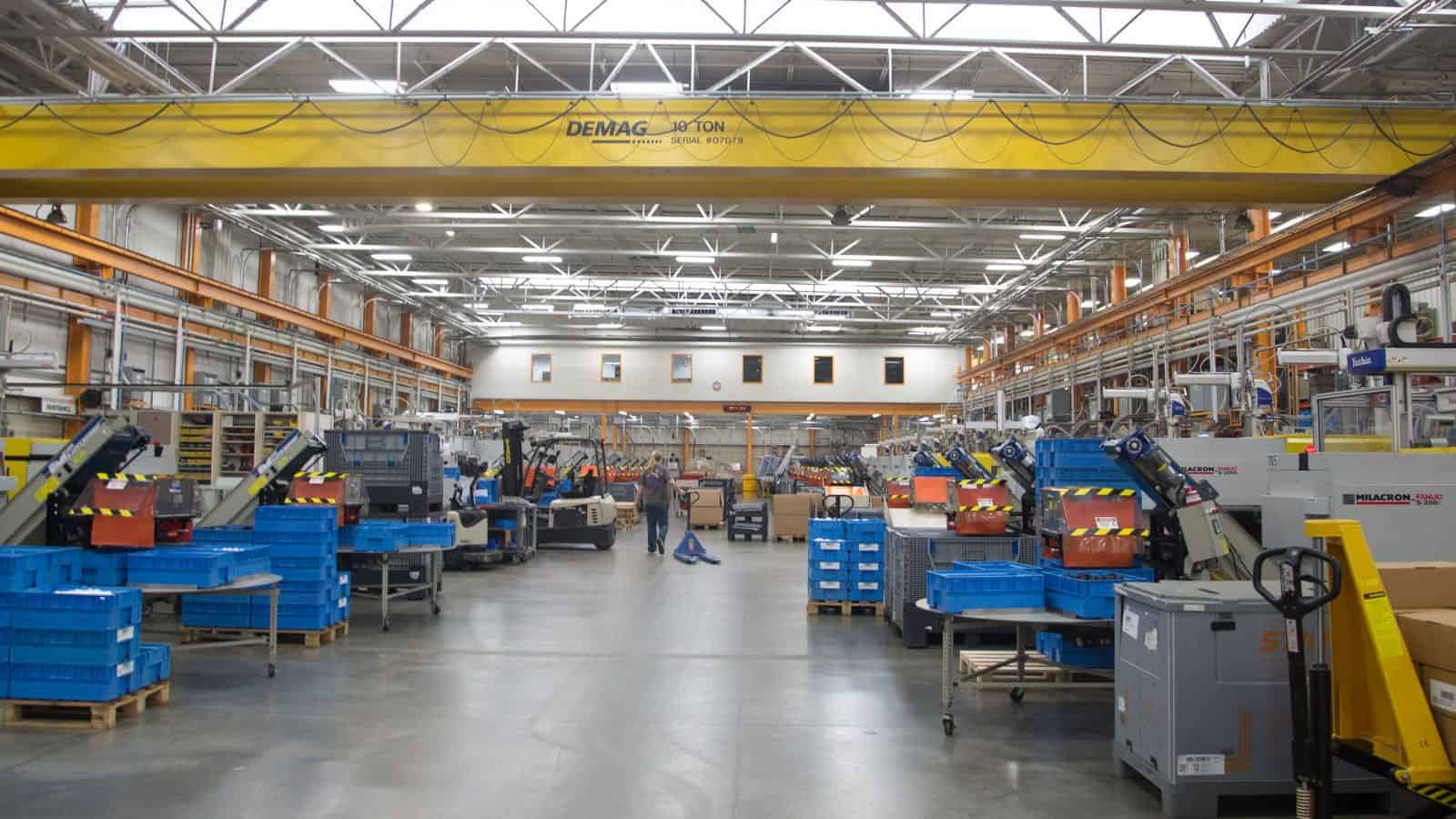Manufacturers Gain a Competitive Edge with the NAM’s MLC
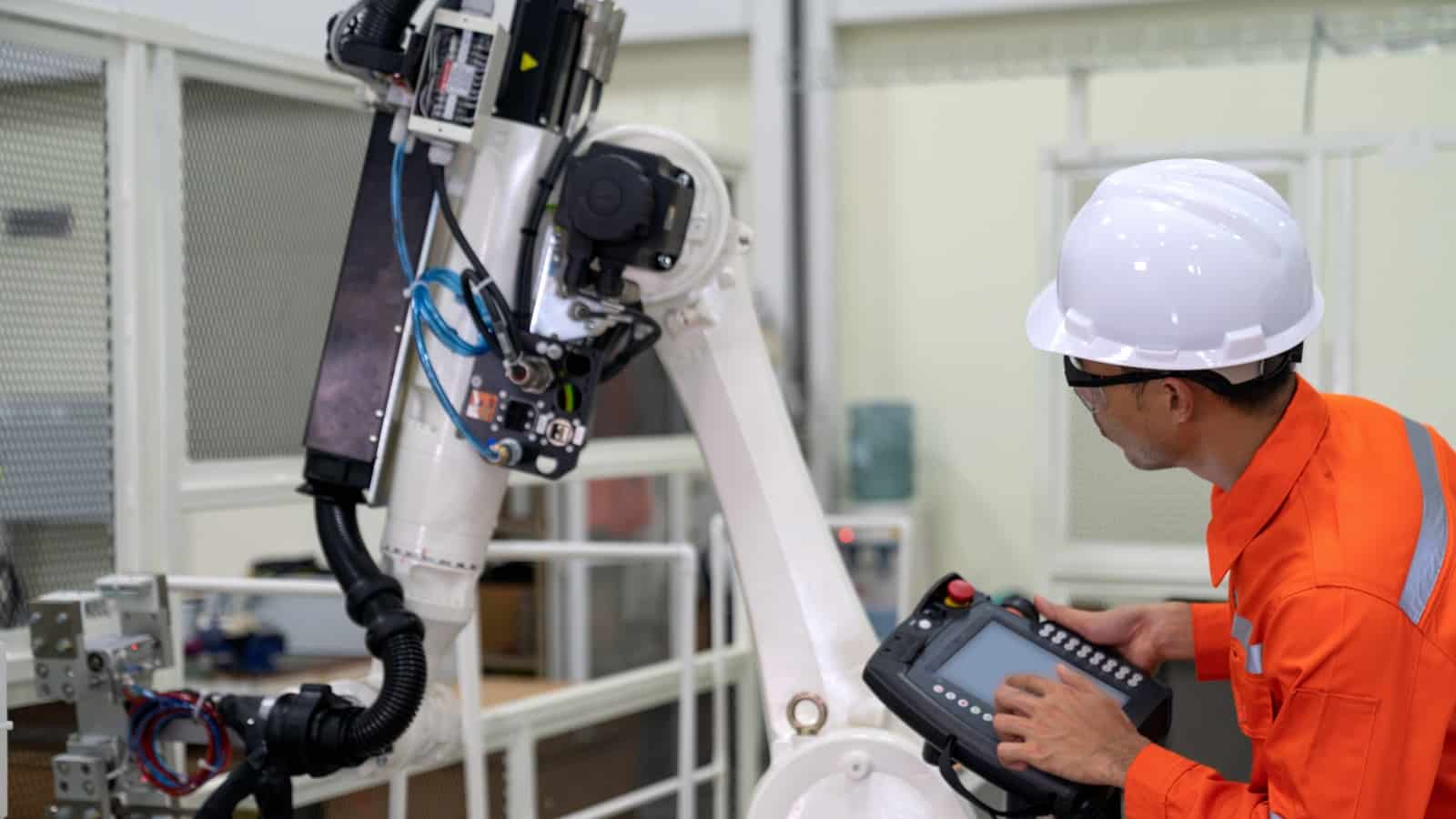
If you’re interested in Manufacturing 4.0, you should know about the Manufacturing Leadership Council. The MLC, the division of the NAM dedicated to digital transformation in manufacturing operation, aims to help manufacturing leaders understand the digital future and the technology, leadership and organizational structures necessary to improve competitiveness and operational excellence.
Critical issues focus: Every year, the MLC creates a Critical Issues agenda around topics determined by its membership of more than 2,600 industry leaders. These include transformative technologies, cybersecurity, sustainability, next-generation leadership and more. The MLC offers focused resources to help manufacturers assess the opportunities and challenges ahead.
Why it matters: Given the industry’s rapid pace of change, manufacturers need to innovate to stay competitive. The MLC helps manufacturers identify new technologies and discover best practices so they can keep up in the digital era.
Key resources: There are many ways manufacturers can tap into the MLC:
- The Manufacturing in 2030 Project: This year-long initiative looks into the future of manufacturing and examines megatrends that will shape the world by 2030. The project helps manufacturers prepare for what lies ahead two, five and 10 years from now.
- Manufacturing Leadership Journal: This web-based publication offers the latest industry news, case studies and best practices from manufacturers working on the front lines. Each bimonthly issue focuses on a theme, such as M4.0 cultures, sustainability or factories of the future.
- Master Class Series: These virtual events explore new technologies, address manufacturer pain points and help those in the industry leverage opportunities by connecting with forward-thinking technology experts. Sessions in the series include interactive webinars, deep dives and tech talks.
- Plant tours: In-person and virtual plant tours provide the opportunity to see advanced manufacturing technologies in action at some of the best-known companies in the industry. Tours offer an up-close look at technologies and processes, plus Q&As with the experts.
- Rethink: The Manufacturing Leadership Council Summit: The MLC’s premier event for manufacturing leaders offers a unique blend of high-level content, interactive discussions and networking with industry peers. This year’s event takes place June 27–29 in Marco Island, Florida.
- Manufacturing Leadership Awards: Each year, these prestigious industry awards recognize operational and leadership excellence from world-class manufacturing organizations and individual leaders.
Get involved: Visit www.manufacturingleadershipcouncil.com to learn more or contact [email protected] to start the discussion on whether the MLC is right for you.
State of Manufacturing: Resilient
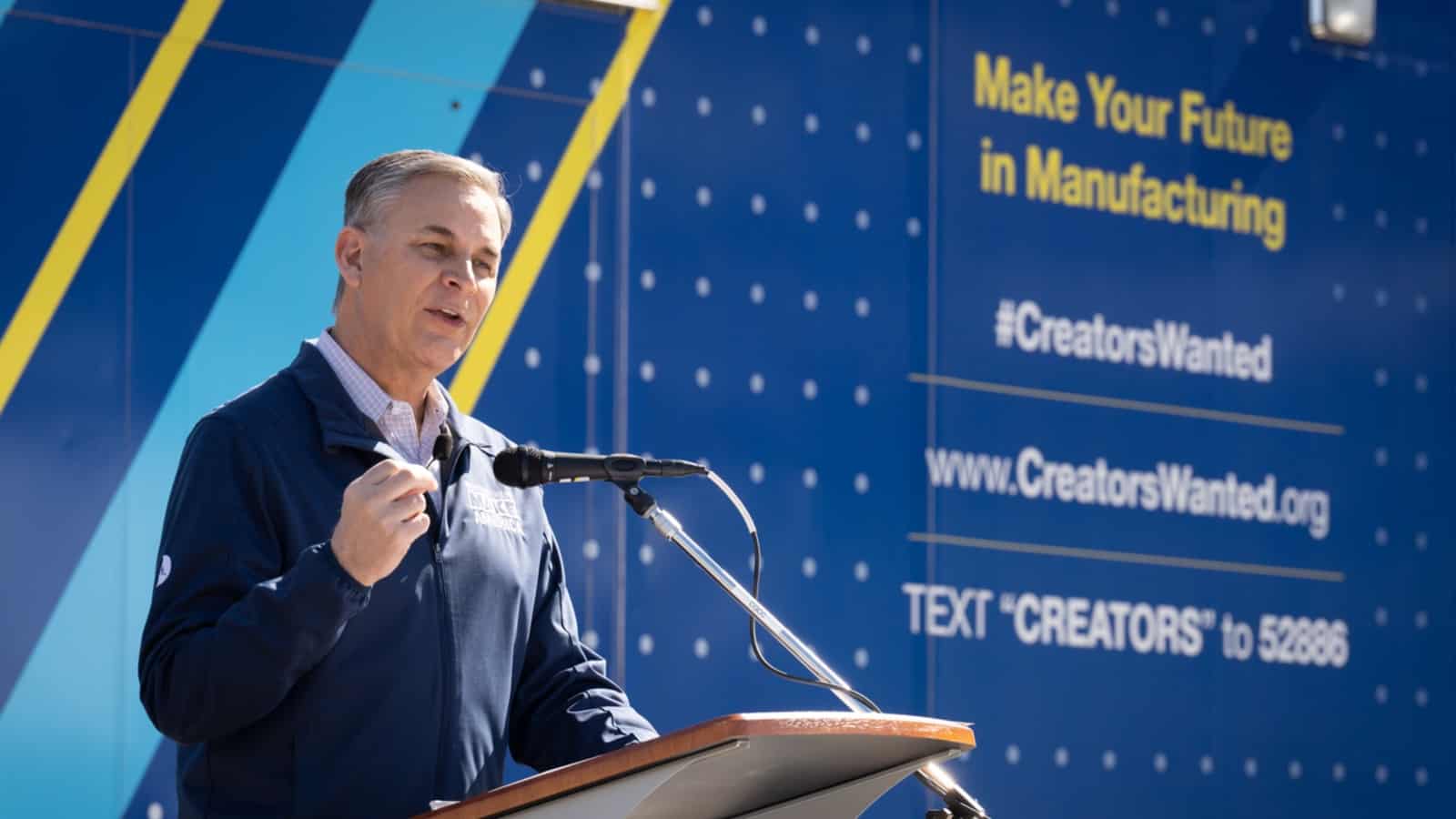
Workforce inspiration, COVID-19 safety, sound legislative policy, tax reform and democracy—these were the main themes NAM President and CEO Jay Timmons discussed during the NAM’s State of Manufacturing address Thursday at Chandler-Gilbert Community College Williams Campus in Mesa, Arizona.
Inspiring the workforce of tomorrow: Manufacturing is a high-tech, fast-paced, well-paying place to work, Timmons told the audience as he stood before the Creators Wanted Tour Live mobile experience, an initiative of the NAM and its workforce development and education partner, The Manufacturing Institute. But, he said, the industry has not been immune to the labor shortage.
- “For each of the past nine months, manufacturers in America have had more than 800,000 open jobs in our industry—800,000 chances to launch a well-paying career,” Timmons told the audience of college students, teachers and staff, as well as local manufacturers. “In Arizona, there were more than 11,000 openings in just the first 45 days of 2022.”
- Yet the state of U.S. manufacturing is, Timmons announced, resilient. “There’s hardly ever been more opportunities for future manufacturing workers. Innovators. Designers. Technicians. Creators. We’re a $2.57 trillion industry, with more than 12.5 million workers and counting. And the vast majority of manufacturing leaders say they are optimistic about the future.”
Getting policy right: Timmons also talked about the policy landscape and stressed the need for lawmakers to enact robust supply-chain, immigration-reform and competitiveness measures.
- “If we’re really going to outcompete China and other countries, then we need Congress to finish up the ‘global competitiveness bill’ they’re working on and get it to the president,” Timmons said.
- He added that coming legislation must include measures to bolster supply-chain resilience, combat goods counterfeiting and increase domestic semiconductor manufacturing.
“Rocket fuel” required: Following the passage of tax reform in 2017—which Timmons called “rocket fuel for our economy”—manufacturers have “kept our promises to raise wages, hire more workers and invest in our communities,” he said.
- “For more than a year, some politicians have tried to raise taxes on manufacturers,” Timmons said. “They tried it with the COVID-19 relief bill. They tried it with infrastructure. They tried it with Build Back Better. And three times, manufacturers said don’t do it. And we won. The voices of moderation in the Senate prevailed.”
- “But if tax reform is repealed or punitive measures, such as the ‘book tax,’ are passed, the U.S. economy will suffer,” Timmons said.
Safeguarding values: America’s values and institutions are what have made manufacturing possible, Timmons said, and we must defend them from the threats they now face.
- “Today, America faces new threats to our democracy, including those threats from within,” Timmons said. “And once again, manufacturers stand proudly on the side of protecting and preserving American democracy and our constitutional republic.”
Media mentions: News of Timmons’ address was picked up by national outlets including POLITICO Pro’s Morning Trade and Fox Business, and an op-ed by Timmons ran on Cleveland.com.
Point of emphasis: “I’ve always believed, and the past two years have reinforced, that manufacturers are in the business of causes greater than self. From building the arsenal to win a world war decades ago, to pioneering the treatments to defeat today’s diseases and pandemics, we change the world,” Timmons underscored in the wrap-up of the address.
Read Timmons’ full remarks here. Learn more about the Creators Wanted campaign and encourage students in your networks to RSVP for its Scottsdale, Arizona, showcase on March 7 here.
U.S. Ports Receive $450 Million from Infrastructure Bill

The funds are part of the Biden administration’s efforts to reduce supply chain congestion and lower prices for American consumers, according to the AP.
New grants offer funds: On Wednesday, Transportation Secretary Pete Buttigieg announced the availability of port grants that are designed to reduce bottlenecks. The grants are double last year’s amount and will be provided annually for the next five years. U.S. ports have until May to apply for the grants, and they will be awarded next fall.
New report outlines fixes: The Department of Transportation released a report this week on how best to fix supply chain gaps. According to the report, necessary action includes better government cooperation and data sharing with the private sector and more federal funding to increase warehouse capacity and ensure more seamless rail, water and truck transportation.
Impact of 2021 grants: Last year, the DoT awarded $241 million in grants, which helped increase the length of workdays at major ports and improve recruitment and retention in the trucking industry.
Our work: The NAM has been extensively involved in policy work to address supply chain challenges—from our proposal to strengthen supply chains to our successful efforts to develop and pass a bipartisan infrastructure bill.
Russian Hackers Target U.S. Defense Contractors

Over the past two years, Russian hackers have successfully gathered information by targeting U.S. defense contractors, according to CNN.
Hacks provide information on U.S. weapons: “Russian government-backed hackers have acquired sensitive information on the development and deployment of U.S. weapons by breaching American defense contractors over the last two years.”
Unclassified but important: The information breached by Russian hackers is unclassified, but provides valuable insight into U.S. weapon developments, deployment timelines and export-controlled technology.
Contractors affected: The hacks impacted contractors working with the Army, Navy, Air Force and Space Force, as well as firms working on defense and intelligence programs. The U.S. specifically said targeted contractors were involved in aircraft design and the development of combat and weapon systems.
Why it matters: U.S. security agencies said, “By acquiring proprietary internal documents and email communications, adversaries may be able to adjust their own military plans and priorities, hasten technological development efforts, inform foreign policymakers of U.S. intentions and target potential sources for recruitment.”
Our take: “Earlier this week, the U.S. government announced a ‘Shields Up’ advisory, followed by an additional advisory detailing the threat, and the defense industrial base is strongly encouraged to heed the warning,” said NAM Vice President of Infrastructure, Innovation and Human Resources Policy Robyn Boerstling. “Protecting the factory floor from cyber intruders—whether criminal or nation-state—is about protecting our competitiveness, our security and our collective defense.”
More resources: The Department of Homeland Security’s Cybersecurity and Infrastructure Security Agency has developed a range of tools to support businesses and the industry through its Cyber Resource Hub. Learn more here.
Our plug: Cybersecurity is a vital concern for manufacturers across the country—and the NAM is working to ensure that our members have what they need to stay safe. Check out NAM Cyber Cover for information about an exclusive cybersecurity and risk mitigation program developed in partnership with AHT Insurance and Coalition.
New Indo-Pacific Framework Should Prioritize U.S. Manufacturers
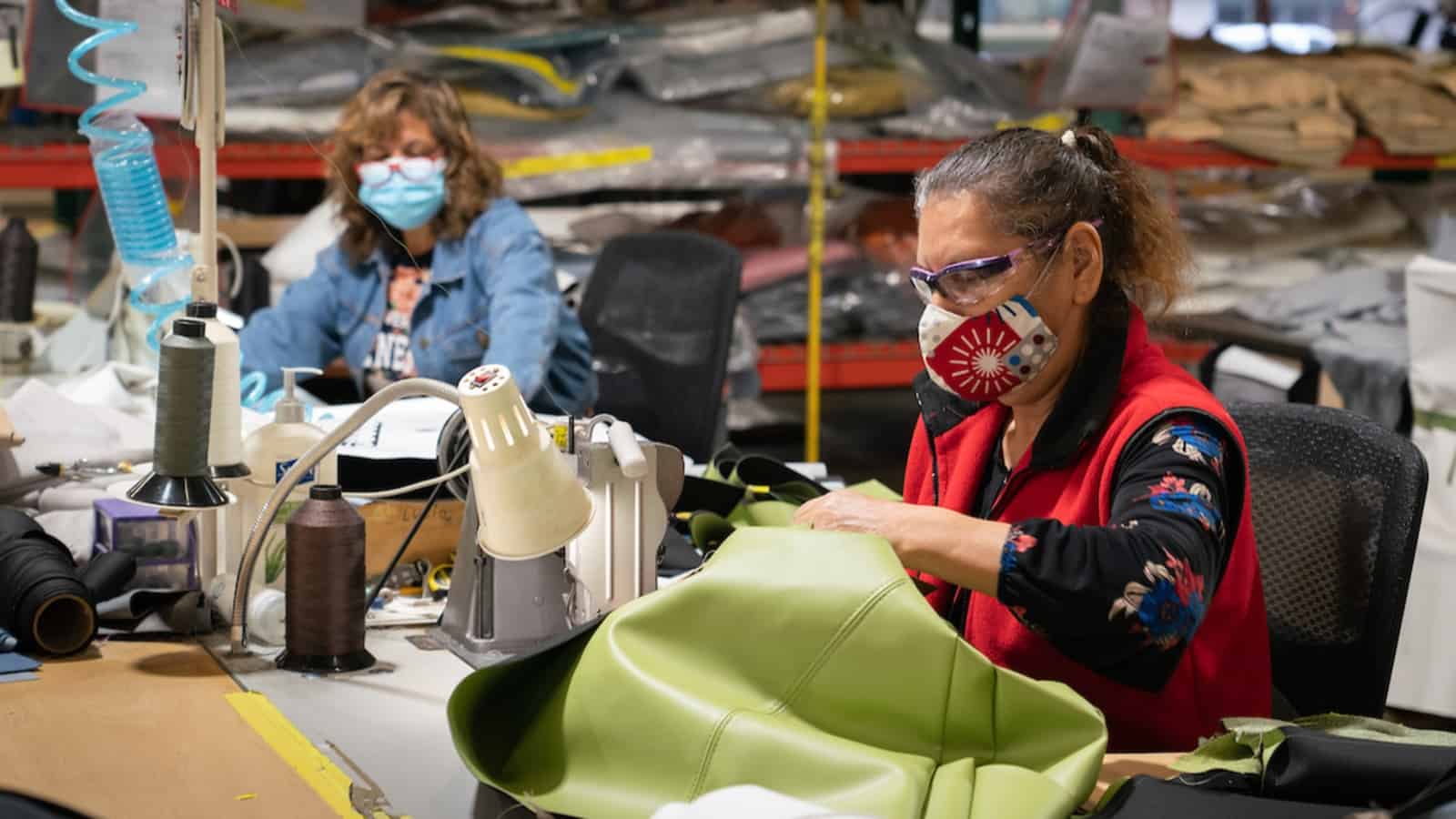
The NAM is calling for a U.S. economic approach in the Indo-Pacific region that incorporates several key trade elements for manufacturers.
The background: Earlier this month, the White House unveiled a 12-page strategy overview focusing “on every corner of the region from South Asia to the Pacific Islands to strengthen its long-term position and commitment,” according to Reuters (subscription).
- In the document, the U.S. promises to strengthen partnerships, modernize alliances and invest in regional organizations.
- According to an action plan for the next one to two years, the U.S. will “‘meaningfully expand’ its diplomatic presence in Southeast Asia and the Pacific Islands.”
The NAM’s view: “As the administration continues to develop the framework, it must prioritize an approach that supports manufacturing and manufacturing jobs by opening markets, strengthening U.S. innovation and technology leadership, raising global standards to U.S. levels and putting in place best-in-class trade rules,” said NAM President and CEO Jay Timmons in a letter sent on Tuesday to Secretary of State Antony Blinken, Secretary of Commerce Gina Raimondo, U.S. Trade Representative Katherine Tai and National Security Adviser Jake Sullivan.
Key inclusions: The NAM is urging the administration to include several major elements in its new framework. These include but are not limited to:
- Prioritizing efforts to eliminate trade barriers in the region that hamper U.S. competitiveness;
- Instituting strong intellectual property rules that set high standards for IP protection and strengthen innovation;
- Securing regional or bilateral digital trade commitments; and
- Strengthening collaboration on standards, regulatory and conformity assessment with countries in the Indo-Pacific region.
The last word: “This approach is necessary so that manufacturers in the United States do not fall behind our competitors in the Indo-Pacific, such as China, that are actively negotiating and implementing new trade agreements to lock in opportunities for their manufacturers, not ours,” said Timmons.
The NAM Pushes for Effective and Efficient Broadband Funding

Last year’s bipartisan infrastructure bill, known as the Infrastructure Investment and Jobs Act, was a big victory for manufacturers—but now that the bill has been made law, the NAM is still working to make sure funding is distributed effectively and efficiently to the programs and projects that need it. That includes action on $48 billion in federal funding for expanded broadband access and broadband infrastructure, which will be primarily disbursed by the National Telecommunications and Information Administration at the U.S. Department of Commerce.
With the NTIA in the early stages of designating and developing broadband priorities, the NAM recently reached out to submit a set of principles that the process should follow to ensure effective funding allocation.
- Strong national standards: The NAM supports uniform requirements and industry performance standards across the entire United States. Divergent state and regional regulations can hamper the development of broadband access and interfere with the IIJA’s goal of increasing signal availability broadly. The significant funding provided in IIJA presents a valuable opportunity to develop nationwide service standards, which will encourage the growth of our national economic connectivity.
- Transparency: “The NTIA should remain committed to transparency in both program requirements and project allocations,” said NAM Director of Infrastructure, Innovation and Human Resources Policy Ben Siegrist. “ Manufacturers in America support broadband expansion not only for the needs of their local communities, but as an asset to improve American commercial competitiveness in a global business marketplace. Transparency in federal allocations, clarity of purpose and reliability of federal partners will ensure that competitive benefits are achieved on behalf of all enterprises in all regions.”
- Fair, timely and efficient rollout: The NAM encourages the NTIA to develop a framework for investing the IIJA funds through open competition, thoughtful evaluation and without delay. Further, the NTIA can ensure a concise and efficient rollout by avoiding overly complicated language or regulatory processes.
The last word: “Manufacturers in America understand the overwhelming value that expanded broadband access and infrastructure will provide for communities, consumers and commercial enterprises in all corners of the country,” said Siegrist. “From domestic economic competitive advantage to improved livelihoods and neighborhoods, the NTIA’s mission through IIJA directives can dramatically and positively impact the success of our national shared interests.”
Fender Fights Counterfeiting

Manufacturers want counterfeiters to face the music.
That’s the message from Fender Musical Instruments Corporation—one of the world’s leading manufacturers of guitars, basses and amplifiers and an iconic brand recognized by millions. The company is urging Congress to step up protections for manufacturers and increase oversight of third-party sellers that can unintentionally contribute to the sale of counterfeit merchandise.
The problem: Manufacturers like Fender routinely face threats to their brand from counterfeit products. In 2021 alone, the company identified almost 32,000 listings of Fender products online for potential trademark infringement. Nearly 70% of those flagged listings were suspected of being counterfeit products. Yet, because those products are often sold anonymously through third-party online marketplaces, it can be difficult to go after the groups and individuals who create and supply fake merchandise.
Consumer issues: Counterfeits don’t just rob consumers of an authentic Fender experience; they can also create safety concerns. Guitars and amps with electrical components have been tested and perfected to ensure a safe product, but counterfeit and fake products come with no such guarantee.
A global challenge: Fender isn’t the only manufacturer facing issues around counterfeits and copyright infringement. According to the NAM’s research, fake and counterfeit products cost the United States $131 billion and 325,000 jobs in 2019 alone, and the global trade in counterfeits may exceed $500 billion every single year. That puts an enormous burden on manufacturers and consumers alike.
Our move: The NAM is leading the fight against counterfeit products. Our report, “Countering Counterfeits,” includes a series of suggested solutions to help the federal government and the private sector work together against fake merchandise, including:
- Requiring e-commerce platforms to reduce the availability of counterfeits;
- Modernizing enforcement laws and tactics to keep pace with counterfeiting technology;
- Streamlining government coordination;
- Improving private-sector collaboration; and
- Empowering consumers to avoid counterfeit goods.
The word from Fender: “Protecting consumers starts with protecting the manufacturers who have built a name by putting out the best and safest products,” said Executive Vice President of Operations and Co-President of the Fender Play Foundation Ed Magee in his letter to Congress. “By working together with online marketplaces, manufacturers and trademark holders can proactively work toward preventing counterfeit goods from entering the stream of commerce, while also reactively working together to track down fraudulent sellers. When manufacturers and online marketplace vendors come together like this, the consumer is the ultimate winner.”
NAM Pursues Comprehensive Proxy Strategy
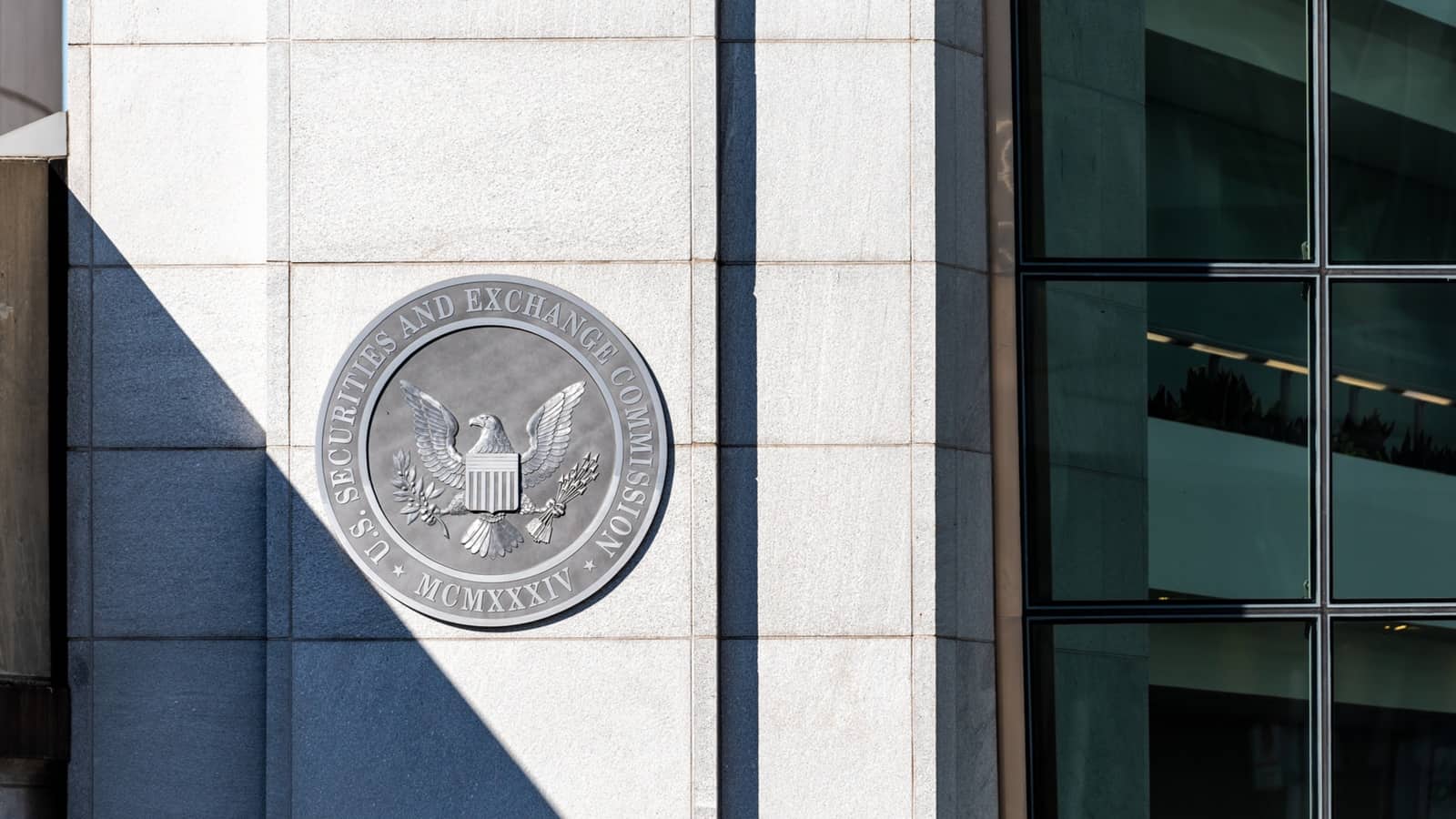
The NAM is fighting aggressively to preserve a hard-won proxy firm rule and to scrap a new proposal from the U.S. Securities and Exchange Commission that would gut its vital reforms.
The background: In 2020, the NAM won a major victory when the SEC published a new rule on proxy advisory firms—increasing transparency into the firms’ conflicts of interest and enhancing communication among proxy firms, companies and investors. But new leadership at the SEC has reversed course, unlawfully refusing to enforce the rule and issuing a new proposal that could wipe out important progress.
Order in the court: The NAM has pursued a double-barreled legal strategy to protect manufacturers and their shareholders. In 2020, after the SEC finalized the NAM-supported rule, the largest proxy firm filed a lawsuit arguing that the SEC lacks the authority to regulate proxy voting advice. The NAM moved to intervene in that case, defending the SEC’s ability to provide this needed oversight of proxy firms. Then in 2021, following the SEC’s announcement that it wouldn’t enforce the 2020 rule, the NAM filed a separate challenge against the SEC to prevent the agency from setting the rule’s critical reforms aside.
SEC engagement: At the same time, the NAM has worked to make sure the SEC understands the importance of the 2020 rule and the harmful impact that rescinding its vital transparency and antifraud protections would have. In late December, the NAM filed comments with the SEC underscoring the need for increased proxy firm engagement with companies and the importance of clear antifraud standards; the NAM’s letter also voices concern with the SEC’s decision to rescind the 2020 rule without allowing it to take effect and be fairly evaluated.
The bottom line: The NAM is making clear that the SEC has the authority to regulate proxy firms; that the agency must enforce the 2020 rule; and that manufacturers forcefully oppose any efforts to weaken regulation of proxy firms.
What we’re saying: “At the NAM, we’ll continue our defense of commonsense investor protections—in court, at the SEC and anywhere else it’s needed,” said NAM Senior Director of Tax and Domestic Economic Policy Charles Crain. “Manufacturers continue to support the vital reforms the NAM helped secure in 2020, and we believe strongly in the importance of fair and transparent regulatory processes. The NAM is leading the fight to protect investors and preserve much-needed proxy firm oversight.”
Supreme Court Reviews Stay of Vaccine Mandate

The Supreme Court is reviewing state and business led efforts to block two of President Biden’s signature vaccine mandate policies according to The Washington Post.
The policies: “One measure requires large private companies to implement a requirement for employees to either be vaccinated for COVID-19 or mask and be tested weekly. The second applies to health-care workers at facilities that receive certain federal funding. Together, the cases test a signature aspect of the White House’s response to the pandemic that has killed more than 800,000 people in the United States.”
The challenges: All of the court action on the cases so far has revolved around whether the rules should be stayed while the courts review the legality of the rules. Lower courts have been divided over the policies. After the administration announced the rule for private companies, the U.S. Court of Appeals for the 5th Circuit blocked its enforcement. Shortly after that, A panel of the U.S. Court of Appeals for the 6th Circuit lifted the stay, and said the rules could go into effect. A similar split occurred around the healthcare mandate, with one court saying the rules could go forward and another court blocking them.
The Supreme issue: According to NAM Senior Vice President and General Counsel Linda Kelly, while the Supreme Court is considering only whether the policies should be stayed or allowed to go into effect while lower courts hear legal challenges to the provisions, the arguments covered several pivotal issues that go to the underlying merits of the challengers’ case. Throughout the two-hour oral argument, the Justices and advocates sparred over whether federal agencies (v. Congress or the States) have the authority to impose the mandates, whether the mandates are overbroad and should instead target only certain high-risk workplaces, the extent to which vaccines are “necessary” (i.e., whether other mitigation measures would adequately protect workers), and whether the pandemic constitutes an emergency allowing the government to bypass notice and comment rulemaking. We expect the Court to issue a decision within the next few days.
Get vaxxed: Getting vaccinated is still important in order to protect yourself and the people around you. Check out the This Is Our Shot – a collaboration between NAM and The Manufacturing Institute – for tools and information.
Global Semiconductor Shortage Leads to Backordered Gifts

A shortage of semiconductors continues to roil manufacturers across the country. NAM Vice President of Infrastructure, Innovation and Human Resources Policy Robyn Boerstling joined us to discuss what’s going on, why it matters and what the NAM is doing to help.
What semiconductors are: Semiconductors are critical components for all types of manufactured products. Essentially, they serve as the “brains” of medical devices and electronic devices from automobiles to home appliances to personal electronics. A shortage in semiconductors creates ripples across the manufacturing industry.
What we’re seeing: Christmas is around the corner, and American consumers are discovering that some backordered products may have delivery dates up to a year away. But the chip shortage also has longer-term implications. As more technologies become essential to daily life and Manufacturing 4.0 advances in the industry, a reliable supply of semiconductors will be more important than ever. Manufacturers will need steady, secure supply chains in order to guarantee smooth production.
What we can do: For now, there’s only so much policymakers can do to speed up production. Most semiconductors are manufactured in Asia, and deliveries are being hindered by everything from COVID-19 impacts to natural disasters. According to Boerstling, the eventual goal should be to create a robust semiconductor industry in the United States so that U.S. manufacturers are less reliant on foreign supply chains.
- “This is a global crisis,” said Boerstling. “We need to be thinking about how to build resiliency in the supply chain. COVID has taught everyone the importance of manufacturing domestically and ensuring that we have the supplies we need to make products in the United States. That will require rebuilding our semiconductor manufacturing capacity through a combination of grants and incentives to make sure it’s competitive globally.”
Congress’s chance: Legislation to buttress the U.S. semiconductor industry has made it to both the House and the Senate, but differing bills have left Congress with a mismatch. The House passed a bipartisan CHIPS Act in an authorization last year, but it lacked funding. Meanwhile, the Senate passed funding through the United States Innovation and Competition Act of 2021, but the legislation hasn’t been taken up in the House. Action is urgently needed, and Congress has the tools to move forward. Now, they need to act.
NAM’s role: The NAM is deeply engaged in conversations with lawmakers in the House and Senate to help shape a way forward that supports manufacturers and delivers the help American consumers need.
- “The NAM is working with people in Congress and with manufacturers across the country to make sure lawmakers understand how important this is,” said Boerstling. “We’re looking forward to the House and Senate coming to an agreement.”
